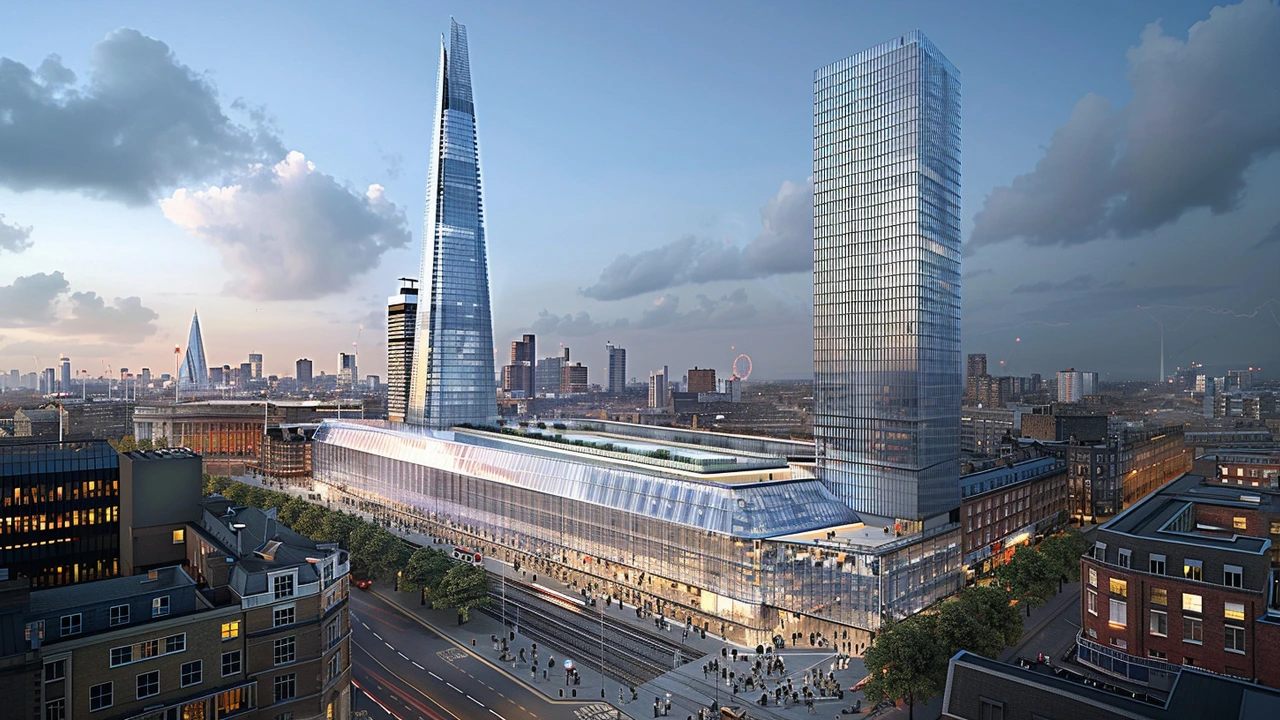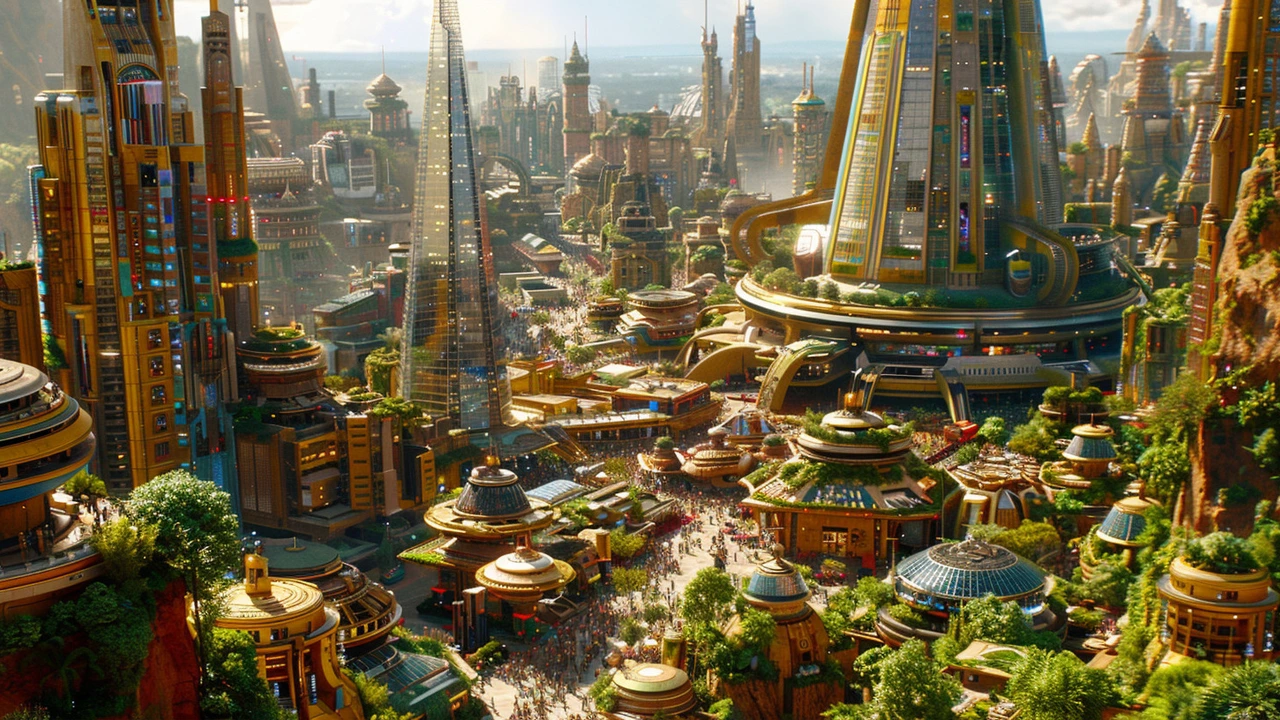Neo-Futurism, characterized by sleek lines, forward-thinking structures, and innovative use of materials, is reshaping the landscape of modern design. This article delves into its principles, the visionaries leading this movement, and the impact on urban living spaces. Learn how Neo-Futurism is pushing design boundaries and offering fresh perspectives.
Architecture Trends: What Designers Are Building Now
Architecture trends change fast, but some moves keep coming back. From high-tech glass towers to revived classical details, these trends affect how cities look and how we use buildings. This guide points out the big directions, shows clear features to notice, and offers quick tips you can use when visiting or planning a project.
Modern tech and future-forward forms
High-tech and neo-futurism push performance and spectacle. Look for exposed structure, visible engineering, glass-and-steel skins, and integrated smart systems. These buildings aim to be efficient and flexible: adaptive façades, LED-lit exteriors, and sensor-driven HVAC are common. If you want to use this trend, focus on materials that age well, plan for maintenance, and prioritize genuine performance over gimmicks.
Revival, craft, and preservation
Historic styles keep coming back in new ways. Beaux-Arts and Renaissance details show in civic buildings and grand entrances. Greek Revival columns or Colonial symmetry often appear in restored homes and new civic projects that want authority and familiarity. Craftsman and Mid-century details are popular for human-scale homes. When working with historic styles, respect proportions and original materials. For renovations, document existing fabric first, match mortar and trim, and avoid fake ornament that reads wrong at close range.
Sustainability and adaptive reuse are major trends across styles. Reusing an old factory as housing or adding green roofs to classic buildings combines heritage with modern needs. Passive design—good insulation, natural light, cross-ventilation—works whether the skin is glass or stone. Ask how a design reduces energy use, extends life, and creates healthy interiors before you choose a style.
Urban impact matters more than ever. Streetscape-friendly ground floors, flexible retail, and bike-friendly entrances change how people interact with buildings. Think small: a well-placed stoop, a visible entrance, or a covered bike rack can make a block feel alive. Cities favor mixed uses, so trend-aware design balances aesthetics, safety, and everyday function.
How to recognize these trends on a walk: note materials first—concrete, steel, brick, or timber signal very different eras. Pay attention to scale and rhythm: regular windows and symmetry often mean classical influence, while irregular forms and dramatic cantilevers point to expressionist or modern design. Look for technology clues—solar panels, visible sensors, double-skin façades—to spot performance-driven buildings.
Want to apply trends to your project? Start with purpose. Match style to function and context: choose durable materials for public buildings, warm textures for homes, and glass where daylight improves use. Combine old and new by setting modern interventions clearly apart from original fabric so both read honestly. Finally, prioritize long-term value: good design pays off in maintenance savings, tenant appeal, and stronger public support.
Quick checklist: 1) Identify context—historic, suburban, or urban. 2) Pick materials that age well. 3) Prioritize daylight and ventilation. 4) Plan for mixed use at street level. 5) Keep interventions reversible when working with heritage. 6) Test tech systems early to avoid retrofit headaches. Following these steps helps design that feels current and lasts. Want examples? Explore our tag posts today.
This article delves into the continuing ascent of the International Style in architecture, examining its historical roots, key characteristics, notable architects, and its global influence. It also discusses how the style has evolved over the years and offers practical tips for incorporating International Style elements into contemporary design. Readers will gain a comprehensive understanding of why this architectural trend remains relevant.
High-tech architecture explores cutting-edge innovations in modern building designs that integrate advanced technologies. This article delves into the significance, specific examples, and future trends of these architectural marvels. Learn about smart materials, sustainable practices, and iconic high-tech structures redefining our urban landscapes. Discover practical insights and visionary concepts shaping the future of architecture.



